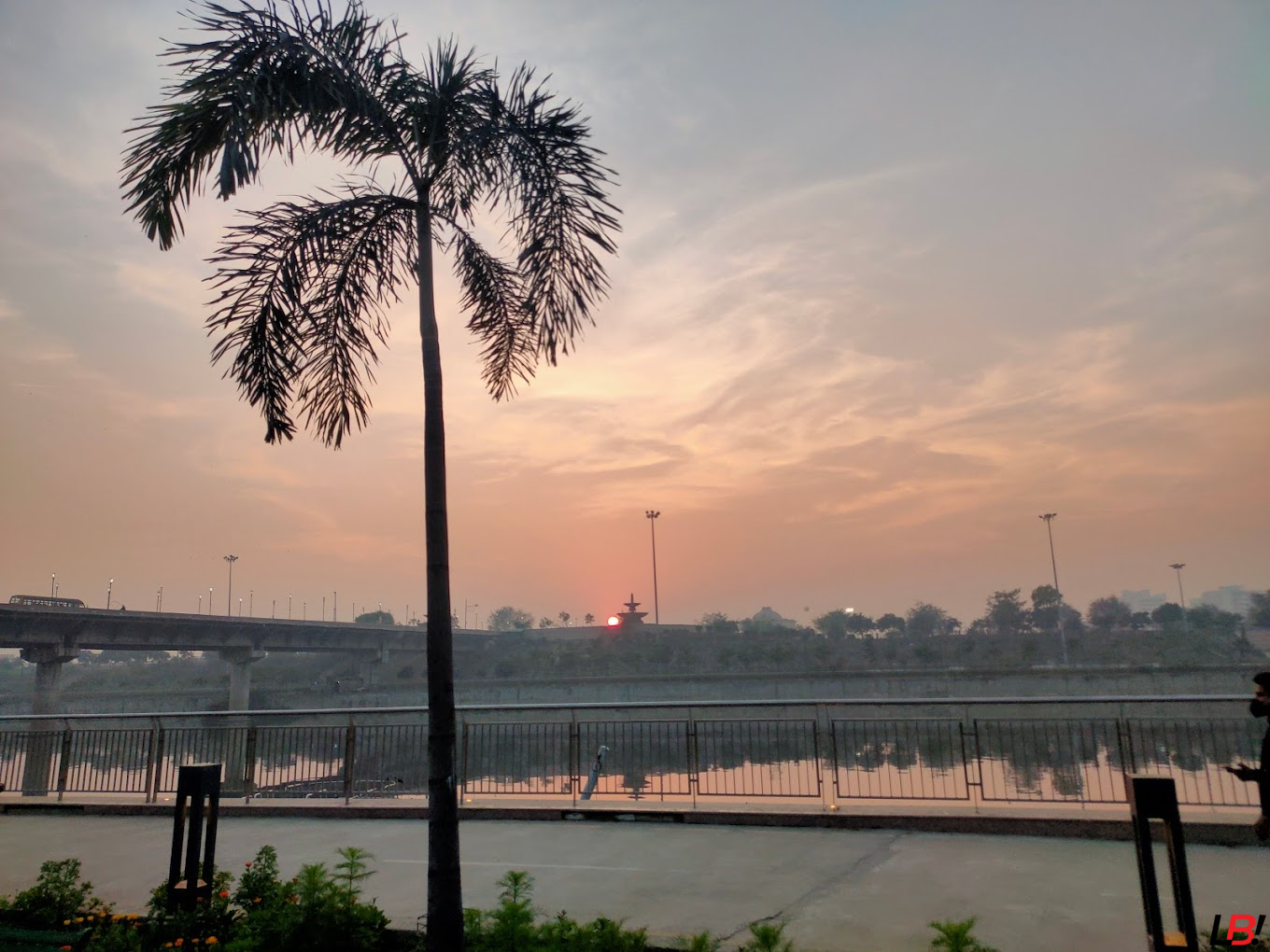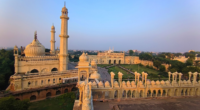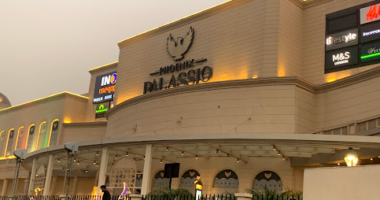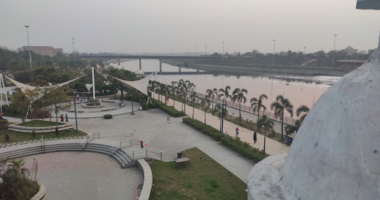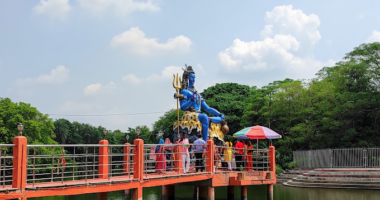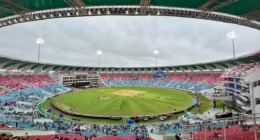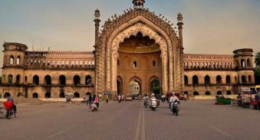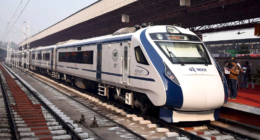Lucknow, the capital city of Uttar Pradesh, is known for its rich cultural heritage, historical monuments, and the serene Gomti River. The Gomti Riverfront, a recent addition to the city’s attractions, is a testament to the city’s evolving landscape, combining modern amenities with natural beauty. This article delves into the various aspects of the Gomti Riverfront, exploring its history, features, and what makes it a must-visit destination.
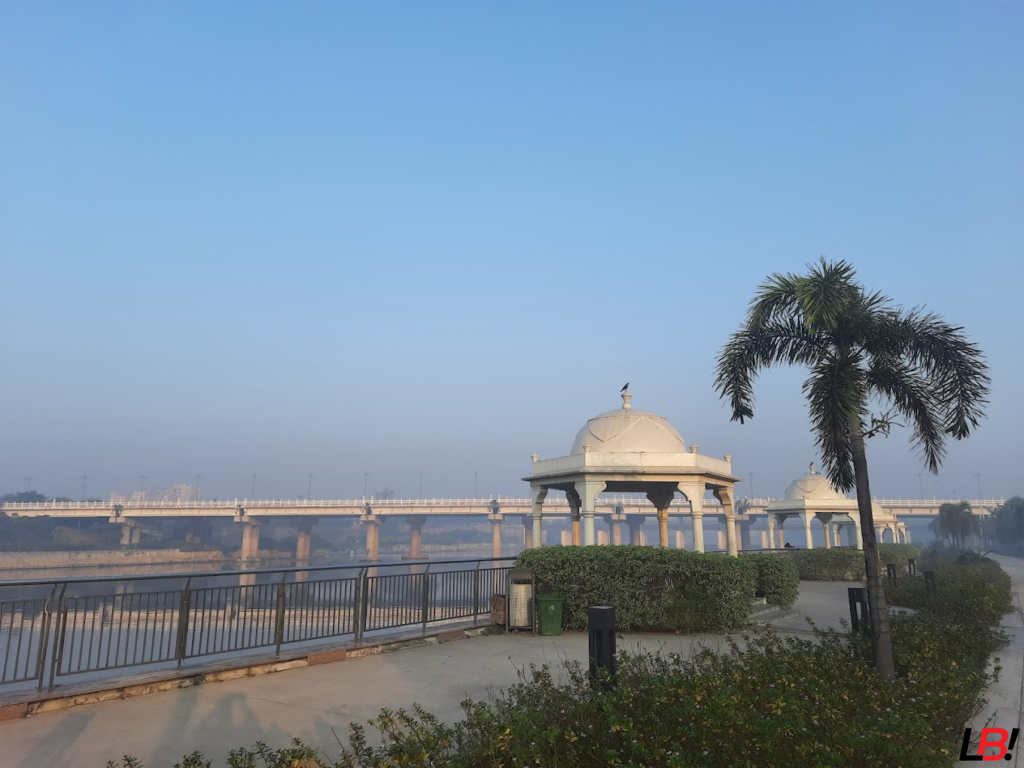
History of Gomti Riverfront
Early Days
The Gomti River has been the lifeline of Lucknow for centuries, nurturing the city and its inhabitants. Historically, the river served as a crucial waterway for trade and transportation. The banks of the Gomti have witnessed the rise and fall of empires, with many stories etched into its flowing waters.
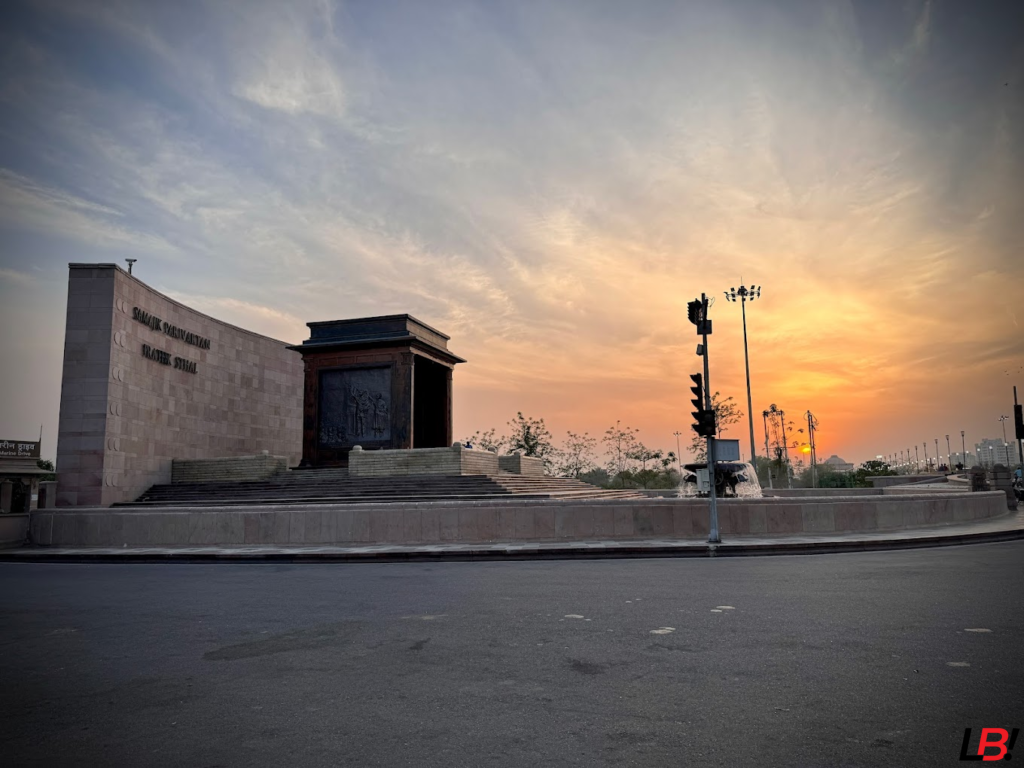
Development Projects
The idea of developing the riverfront dates back to the early 2000s, but it gained momentum in 2014 when the Uttar Pradesh government initiated a comprehensive project to transform the area. The aim was to create a vibrant public space that would enhance the city’s aesthetic appeal and provide recreational opportunities for residents and tourists.
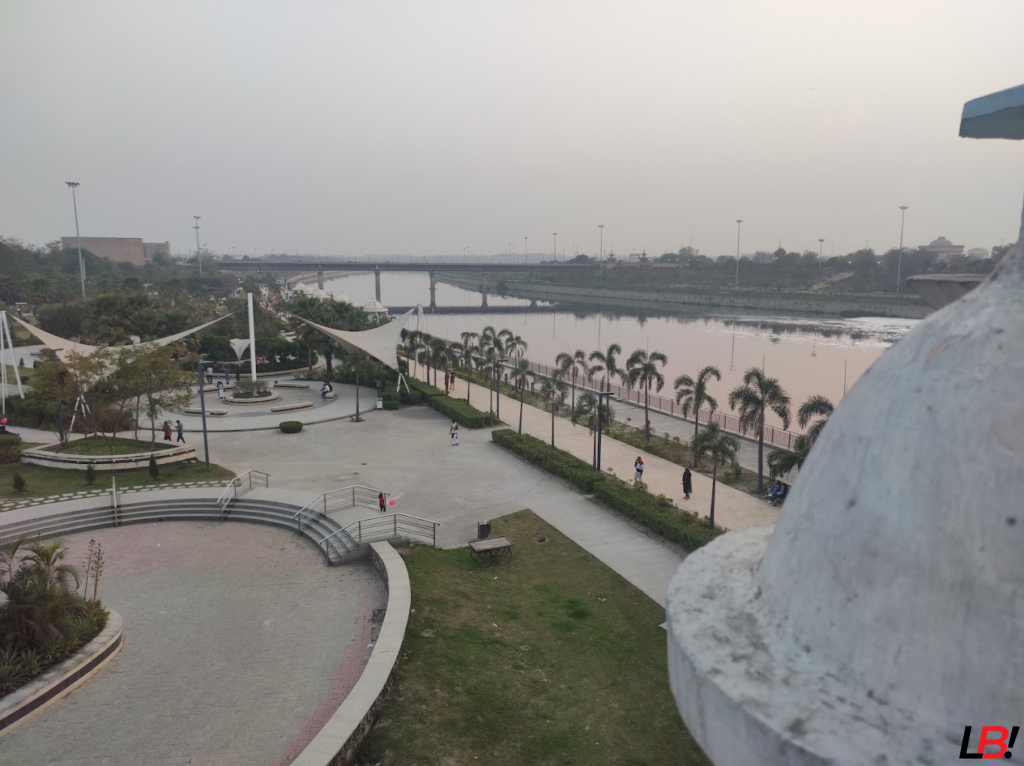
Modern Transformations
Today, the Gomti Riverfront is a sprawling 12-kilometer stretch that boasts state-of-the-art infrastructure. The project, completed in phases, has turned the once neglected riverbanks into a bustling hub of activity, seamlessly blending modernity with nature.
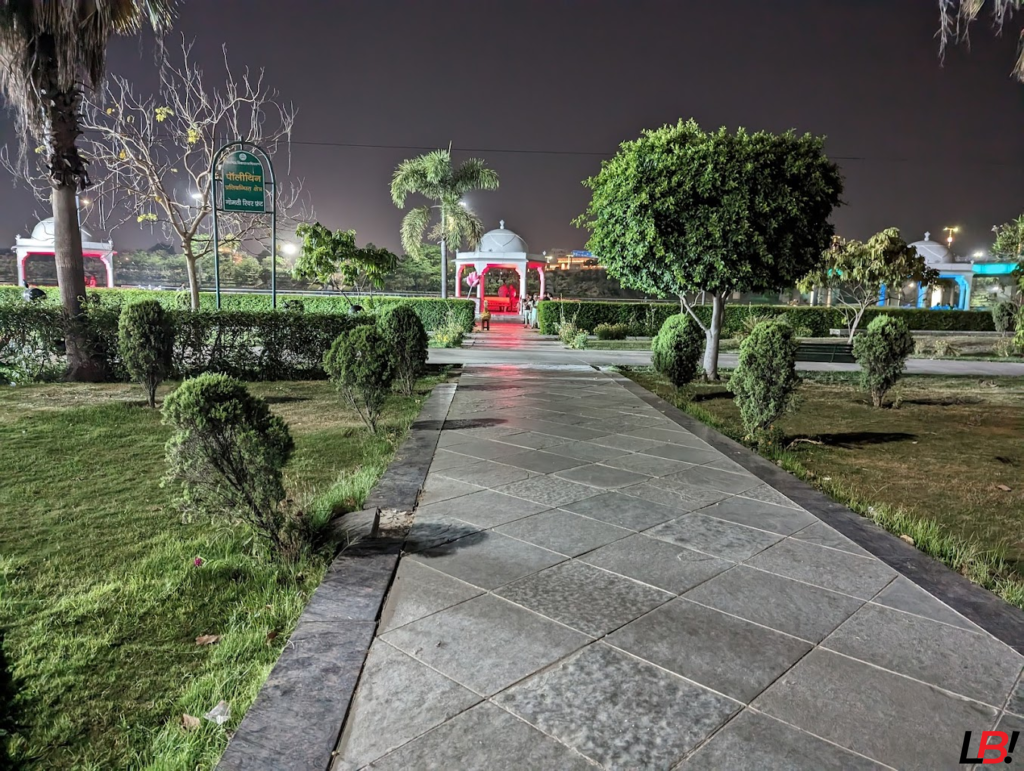
Architectural Marvels
Bridges and Pathways
The Gomti Riverfront features a series of beautifully designed bridges and pathways that connect different parts of the riverbank. These structures not only facilitate easy movement but also offer stunning views of the river and the surrounding landscape.
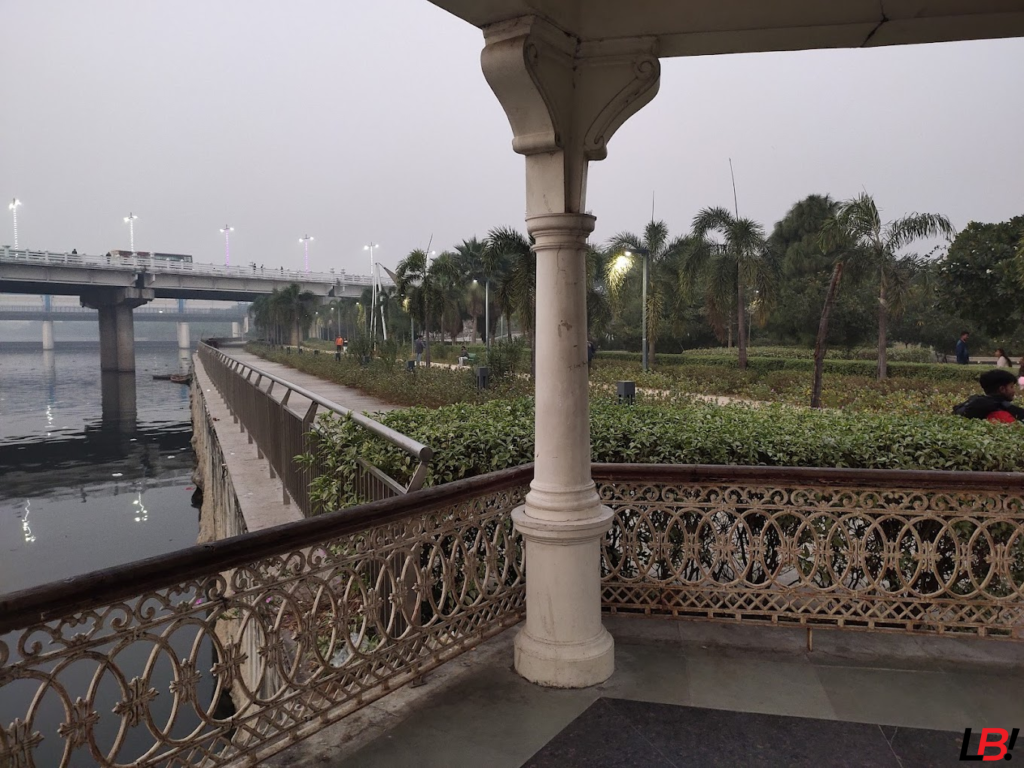
Landscaping and Design
The landscaping of the riverfront is a visual treat, with meticulously manicured lawns, gardens, and floral installations. The design incorporates elements of local culture, adding to the aesthetic appeal and making it a picturesque spot for photography.
Key Structures
Notable structures along the riverfront include amphitheaters, pavilions, and viewing decks. These architectural marvels serve as focal points for various activities and provide visitors with spaces to relax and enjoy the scenic beauty.
Recreational Activities
Boating Facilities
One of the main attractions of the Gomti Riverfront is its boating facilities. Visitors can rent paddleboats, rowboats, or motorboats to explore the river. The calm waters of the Gomti provide a perfect setting for a leisurely boat ride.
Walking and Jogging Paths
For fitness enthusiasts, the riverfront offers well-maintained walking and jogging paths. These paths are surrounded by lush greenery, making them ideal for a refreshing morning run or a peaceful evening walk.
Children’s Play Areas
Families with children will appreciate the dedicated play areas along the riverfront. These zones are equipped with safe and fun play structures, ensuring that kids have a great time while parents relax nearby.
Cultural Significance
Historical Context
The Gomti Riverfront is not just a modern marvel; it holds deep historical significance. The river has been mentioned in ancient texts and has been an integral part of the region’s cultural and spiritual life.
Events and Festivals
The riverfront serves as a venue for various cultural events and festivals throughout the year. From traditional dance performances to music concerts and food festivals, there is always something happening that reflects the rich cultural tapestry of Lucknow.
Art Installations
Art installations dot the landscape of the riverfront, adding a touch of creativity and enhancing the visual appeal. These installations often reflect the cultural heritage of the region, making the riverfront a living museum of sorts.
Environmental Impact
Ecological Conservation
The development of the Gomti Riverfront included significant efforts towards ecological conservation. Native plant species were introduced, and habitats for local wildlife were preserved, ensuring that the project benefitted the environment.
Water Quality Improvement
One of the critical components of the riverfront project was improving the water quality of the Gomti River. Advanced filtration and cleaning systems were installed to reduce pollution and enhance the river’s health.
Green Initiatives
Sustainable practices were a cornerstone of the riverfront’s development. Solar lighting, rainwater harvesting, and waste management systems were implemented to minimize the environmental footprint.
Visitor Information
Best Time to Visit
The best time to visit the Gomti Riverfront is during the cooler months, from October to March. The pleasant weather during this period makes it ideal for outdoor activities and exploring the various attractions.
Accessibility
The riverfront is easily accessible from different parts of Lucknow. Public transport options, including buses and auto-rickshaws, are readily available. Additionally, ample parking facilities are provided for those traveling by car.
Nearby Attractions
Visitors to the Gomti Riverfront can also explore nearby attractions such as the Bara Imambara, Chota Imambara, and the Residency. These historical sites provide a deeper insight into the rich heritage of Lucknow.
To read more about places to visit in Gomti Nagar, Lucknow. Click here

